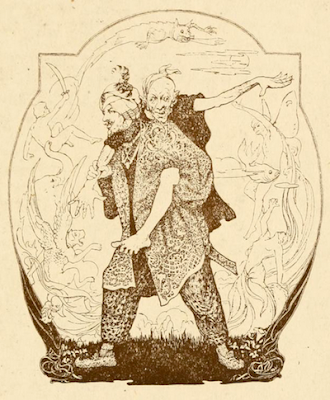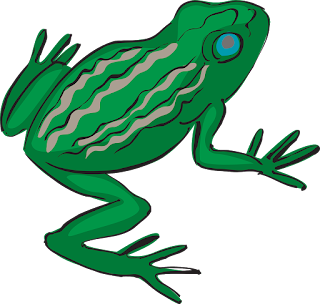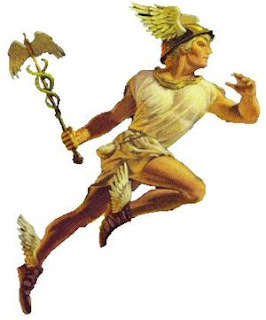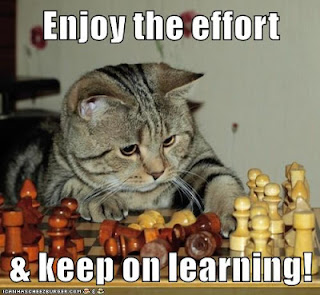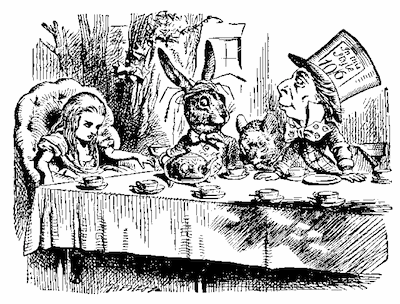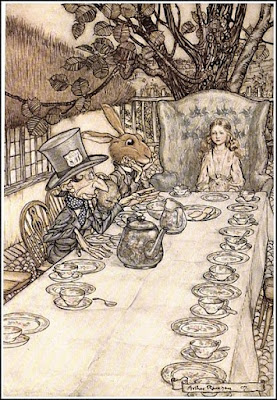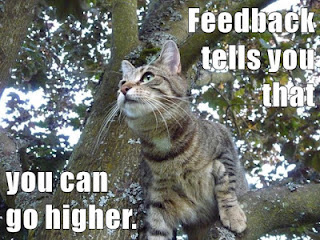Extra Credit Reading Notes: Mythology Overview Videos
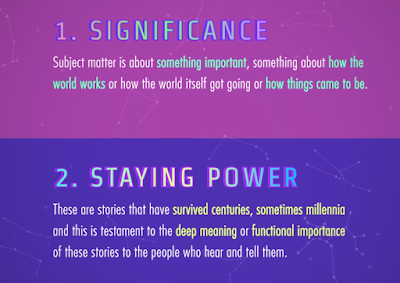
Extra Credit Reading Notes: Mythology Overview Videos (Significance and Stay Power of Myths: screenshot from What is Myth? ) For extra credit readings this week, I watched the Mythology Overview videos which included the Crash Course videos What is Myth? , Theories of Myth , and The Hero's Journey and the Monomyth . I have watched other Crash Course series and enjoyed them very much so I was happy to see them as options for this assignment. I liked that the first video explained myths and tried to nail down a definition that would make sense to most people. I knew of some of the functions of myths, but I had not heard the word "euhemerism" before and found that to be interesting. I also did not know that the idea of Aryans that influenced Germany had roots in myths. The theories surrounding myths were also interesting, though since I am a psychology major, I cringed somewhat when certain theories and ideas from Freud and Jung were brought up. However, I understan...




